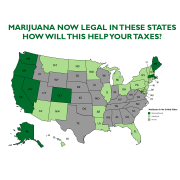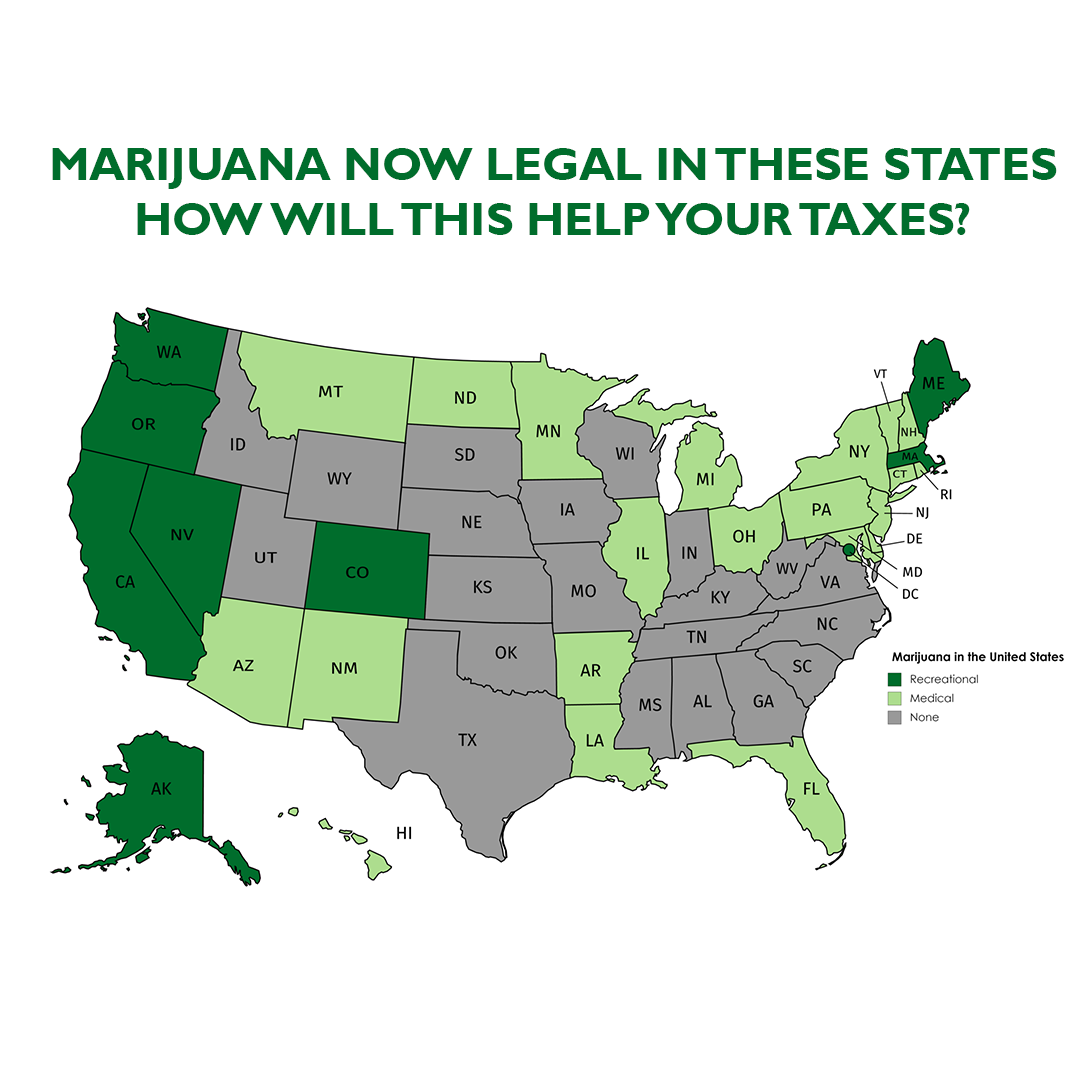Do you have to pay taxes on cryptocurrency or bitcoin?
GET HELP WITH PAYING TAXES ON CRYPTOCURRENCY AND YOUR BITCOINS
What is CRPYTOcurrency OR Bitcoin?
cryptocurrency is a digital representation of value, other than a representation of the U.S. dollar or a foreign currency (“real currency”), that functions as a unit of account, a store of value, and a medium of exchange. Some virtual currencies are convertible, which means that they have an equivalent value in real currency or act as a substitute for real currency. The IRS uses the term “virtual currency” in these FAQs to describe the various types of convertible virtual currency that are used as a medium of exchange, such as digital currency and cryptocurrency. Regardless of the label applied, if a particular asset has the characteristics of virtual currency, it will be treated as virtual currency for Federal income tax purposes.
The IRS will recognize a gain or loss with cryptocurrency and bitcoin
Yes. When you sell virtual currency, you must recognize any capital gain or loss on the sale, subject to any limitations on the deductibility of capital losses. For more information on capital assets, capital gains, and capital losses, see Publication 544, Sales and Other Dispositions of Assets.
Heathers Bookkeeping and Tax Services have forms about paying taxes on cryptocurrency and bitcoins. The 2020 form 1040 asks whether any time during 2020, did you receive or sold or sent, exchanged or otherwise acquired any financial interest in any virtual currency. No. If your only transactions involving virtual currency during 2020 were purchases of virtual currency with real currency, you are not required to answer yes to the Form 1040 question.
How do you determine if my gain or loss is a short-term or long-term capital gain or loss?
If you held the virtual currency for one year or less before selling or exchanging the virtual currency, then you will have a short-term capital gain or loss. If you held the virtual currency for more than one year before selling or exchanging it, then you will have a long-term capital gain or loss. The period during which you held the virtual currency (known as the “holding period”) begins on the day after you acquired the virtual currency and ends on the day you sell or exchange the virtual currency. For more information on short-term and long-term capital gains and losses, see Publication 544, Sales and Other Dispositions of Assets.
If you invested in crypto last year, you may have to pay taxes this year.
Yes, your Bitcoin, Ethereum, and other cryptocurrencies are taxable. The IRS considers cryptocurrency holdings to be “property” for tax purposes, which means your virtual currency is taxed in the same way as any other assets you own, like stocks or gold. And the start of tax season is right around the corner — Jan. 24, 2022 to be exact.
2021 was a big year for crypto, with many new investors buying in for the first time. More than half of current Bitcoin investors began investing in the last 12 months, according to a recent study by Grayscale Investments. The crypto market hit multiple all-time highs and lows throughout the year, leading to large gains and losses for many investors.







